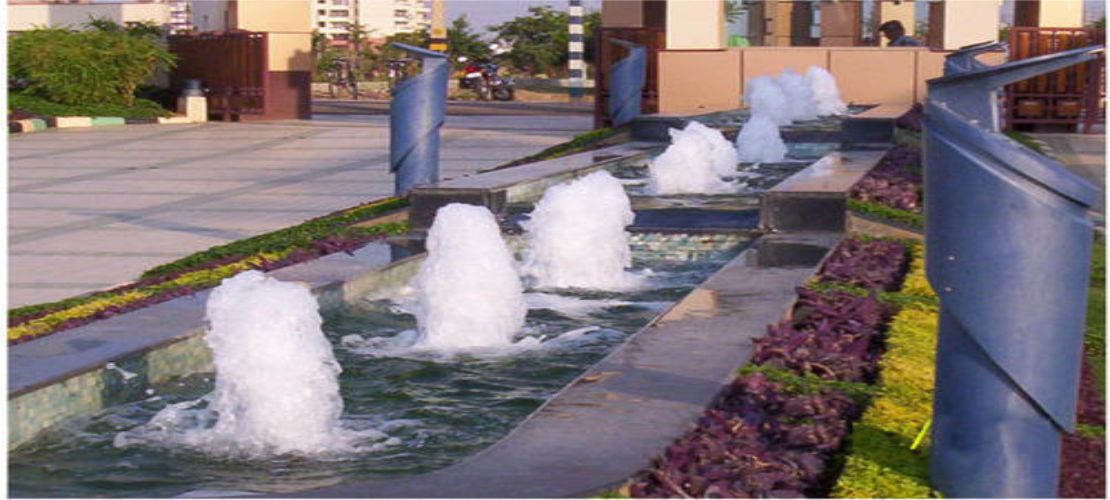
- Musical water fountain
Outdoor Water Fountain
An outdoor water fountain is a decorative water feature designed to enhance the aesthetic appeal of gardens, parks, patios, or other outdoor spaces. These fountains can range from simple, standalone units to elaborate, multi-tiered designs. Here's a detailed look at various aspects of outdoor water fountains:
Types of Outdoor Water Fountains
-
Wall Fountains: These are mounted on walls and often feature a spout that pours water into a basin below. They save space and can be a focal point on garden walls or patios.
-
Freestanding Fountains: These fountains stand alone and can be placed anywhere in the garden or yard. They come in various shapes and sizes, from small birdbaths to large, multi-tiered structures.
-
Pond Fountains: Installed in ponds, these fountains can create dramatic water displays, often including lights and multiple jets. They also help aerate the water, benefiting fish and plants.
-
Solar-Powered Fountains: These use solar panels to power the water pump, making them energy-efficient and environmentally friendly. They are ideal for sunny locations and do not require electricity.
-
Cascade Fountains: These fountains feature multiple levels where water cascades from one tier to another, creating a soothing sound and a visually appealing effect.
Key Components
-
Pump: The pump is the heart of the fountain, circulating water from the basin to the spouts. It needs to be powerful enough to handle the size and design of the fountain.
-
Basin: This is the reservoir where water collects. It can be above or below ground and is often decorated to match the fountain’s style.
-
Spouts and Nozzles: These control the flow and pattern of the water. Different nozzles can create various effects, from gentle streams to high jets.
-
Lighting: LED lights can be added to illuminate the fountain at night, highlighting the water’s movement and creating a beautiful ambiance.
Materials
- Stone: Natural stone fountains are durable and have a classic, timeless look. They can be quite heavy and require a solid foundation.
- Concrete: Concrete fountains are versatile and can be molded into various shapes and designs. They are durable and relatively affordable.
- Metal: Metals like bronze, copper, and stainless steel can create modern, sleek fountain designs. They are often used for their reflective properties and durability.
- Ceramic: Ceramic fountains can add a pop of color and intricate designs to the garden. They are more fragile and best suited for smaller fountains.
- Resin/Fiberglass: These materials are lightweight, affordable, and can mimic the look of stone or metal. They are easy to move and install but may not be as durable over time.
Installation and Maintenance
- Site Selection: Choose a location that is level and has access to a power source (unless using a solar-powered fountain). Consider visibility, sound, and proximity to plants.
- Foundation: Larger fountains may require a concrete pad or other stable base to prevent settling or tilting.
- Maintenance: Regularly clean the pump and basin to prevent algae growth and debris buildup. Check for leaks and ensure the pump is functioning properly. In colder climates, winterize the fountain to prevent damage from freezing.
Benefits
- Aesthetic Appeal: Adds beauty and a focal point to outdoor spaces.
- Relaxation: The sound of running water can be soothing and help reduce stress.
- Wildlife: Attracts birds, butterflies, and other wildlife, enhancing the garden’s ecosystem.
- Humidity: Can increase the humidity in dry areas, benefiting surrounding plants.
Outdoor water fountains can transform a garden or yard into a tranquil retreat, providing both visual and auditory pleasure.

